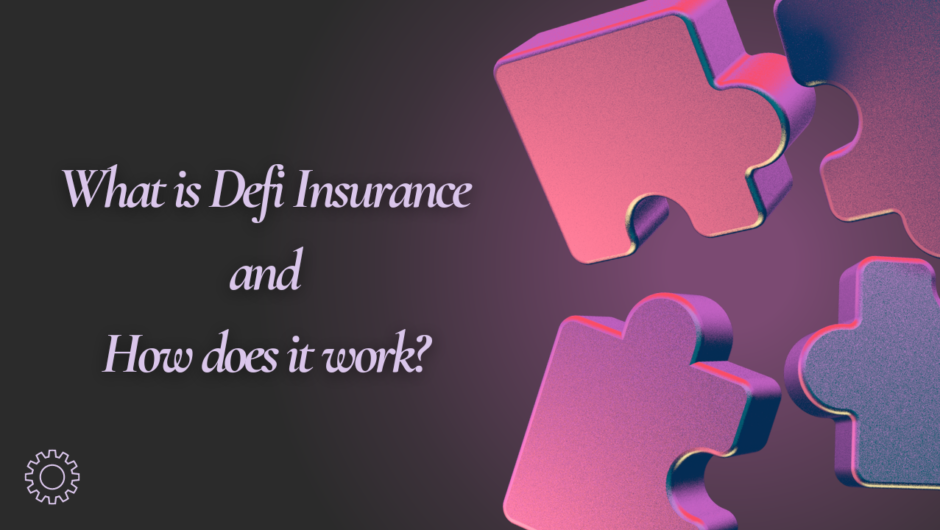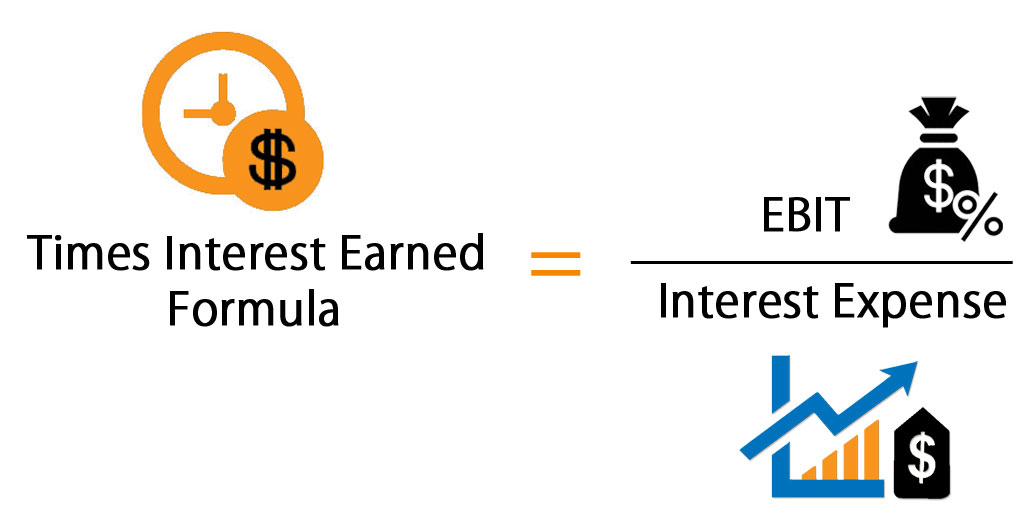Transitioning from claims to reinsurance involves a shift from handling individual insurance claims to managing broader risks across portfolios. This move requires a deep understanding of risk assessment, underwriting practices, and regulatory frameworks. Professionals making this transition must develop a strategic mindset, as reinsurance focuses on transferring risk between insurers rather than directly addressing customer claims. Emphasizing analytical skills, negotiation tactics, and a global perspective is crucial. Adapting to this role can lead to significant career growth, offering opportunities to influence large-scale financial stability in the insurance industry.

Why Transition from Claims to Reinsurance?
Transitioning from claims to reinsurance can be a strategic career move for professionals seeking to expand their expertise and influence within the insurance industry. While claims management focuses on the resolution of individual cases, reinsurance deals with the broader management of risk across entire portfolios. This shift allows professionals to engage in more complex and strategic decision-making, often involving significant financial considerations and global market dynamics.
Reinsurance roles typically offer greater exposure to the business’s financial side, including risk modeling, capital management, and negotiations with global insurers. The transition also opens opportunities to work on innovative solutions that address emerging risks, such as climate change or cyber threats. For those looking to elevate their career, reinsurance provides a pathway to roles that impact the financial stability of entire organizations, offering both professional growth and the chance to contribute to the industry’s resilience.
Key Differences Between Claims and Reinsurance Roles
| Aspect | Claims Role | Reinsurance Role |
|---|---|---|
| Focus | Managing individual claims | Managing risk across entire portfolios |
| Scope | Specific to individual policies and claims | Broad, involving multiple policies and insurers |
| Objective | Resolve claims efficiently and fairly | Transfer and manage risk between insurers |
| Analytical Skills | Required for assessing claim validity | Essential for risk modeling and assessment |
| Decision-Making | Case-by-case basis | Strategic, portfolio-wide considerations |
| Interaction | Directly with policyholders and legal teams | With insurers, brokers, and underwriters |
| Financial Impact | Focus on minimizing loss for individual claims | Involves large-scale financial risk management |
| Career Growth | Progression to senior claims roles | Pathway to roles in underwriting, risk management, or executive leadership |
| Exposure | Limited to specific claims processes | Broader exposure to global insurance markets |
| Complexity | Moderately complex, focused on specific cases | High complexity, involving multiple factors and large-scale decisions |
Reinsurance Contracts and Regulations
Understanding reinsurance contracts and regulations is crucial for anyone involved in the reinsurance industry. Reinsurance contracts, often more complex than primary insurance agreements, involve the transfer of risk from one insurance company to another, known as the reinsurer. These contracts can vary significantly in structure, including treaty and facultative reinsurance, each with distinct terms and conditions that determine the scope of coverage.
Regulations governing reinsurance are equally critical, as they ensure the stability and integrity of the insurance market. These regulations vary by country and often involve stringent requirements for capital reserves, reporting, and solvency. Professionals in this field must be well-versed in the legal frameworks and compliance standards that guide reinsurance activities. A thorough understanding of these contracts and regulations not only helps in effective risk management but also in navigating the complex, global landscape of the reinsurance industry, ensuring both legal compliance and financial stability.
Steps to Transit from Claims to Reinsurance
- Gain a Strong Foundation in Claims: Build a solid understanding of the claims process, including policy interpretation, settlement negotiation, and customer interaction. This experience will be invaluable when assessing risks in reinsurance.
- Develop Analytical and Risk Assessment Skills: Reinsurance requires a more analytical approach. Focus on enhancing skills in risk assessment, financial analysis, and statistical modeling. Courses or certifications in these areas can be beneficial.
- Pursue Relevant Education and Certifications: Consider obtaining certifications such as the Associate in Reinsurance (ARe) or other specialized qualifications that demonstrate your commitment and expertise in the field.
- Transition through Hybrid Roles: Look for roles that combine elements of claims and reinsurance, such as claims auditing or risk management, to gain exposure to reinsurance practices.
- Apply for Reinsurance Roles: Once you’ve developed the necessary skills and knowledge, start applying for reinsurance positions. Tailor your resume to highlight relevant experience and expertise in both claims and reinsurance.
- Continuous Learning and Adaptation: The reinsurance field is dynamic and global. Stay updated on industry trends, regulations, and emerging risks to continuously evolve in your new role.
Case Studies: Successful Transitions from Claims to Reinsurance
Case studies of successful transitions from claims to reinsurance often highlight professionals who leveraged their deep understanding of claims management to excel in reinsurance roles. For example, individuals with strong analytical skills used their experience in assessing claim validity to become proficient in risk modeling and portfolio management. These professionals often pursued additional education, such as certifications in reinsurance, and sought mentorship within the industry. Their ability to navigate complex claims processes and understand policy intricacies enabled them to make strategic decisions in reinsurance, ultimately leading to career advancement and a broader impact on their organizations.
Conclusion
Transitioning from claims to reinsurance involves leveraging your existing expertise in managing individual claims while expanding your skill set to handle broader risk management. Start by gaining a deep understanding of reinsurance principles and regulations through education and certifications. Develop strong analytical skills to assess and model risk on a larger scale. Seek mentorship and networking opportunities within the reinsurance industry to gain insights and guidance. By combining your claims experience with new competencies in risk assessment and strategic decision-making, you can effectively navigate this career shift and make a significant impact in reinsurance roles.
Frequently Asked Questions (FAQs)
1. What skills are most important for a successful transition from claims to reinsurance?
Key skills include strong analytical abilities, risk assessment and modeling, a deep understanding of reinsurance contracts, and familiarity with regulatory requirements. Communication and negotiation skills are also crucial for interacting with insurers and brokers.
2. Do I need additional certifications to move into a reinsurance role?
While not always mandatory, certifications such as the Associate in Reinsurance (ARe) or other relevant qualifications can enhance your knowledge and credibility, making you a more competitive candidate in the reinsurance field.
3. How can I gain relevant experience if I am currently working in a claims role?
Seek opportunities to work on projects related to risk management or reinsurance within your current organization. Consider hybrid roles or cross-functional projects that involve both claims and reinsurance. Networking with professionals in the reinsurance industry can also provide valuable insights and opportunities.
Read More:
- Bike Insurance: Premium Details And How To Buy
- How safe private insurance companies are?
- 7 principles of Insurance which every investor should know
- Why should you avail life insurance?

Hello, I am Tanisha Kriplani, graduated in computer science from Delhi University. I am passionate about web content writing and have a strong interest in Data Analytics and Data Engineering.












